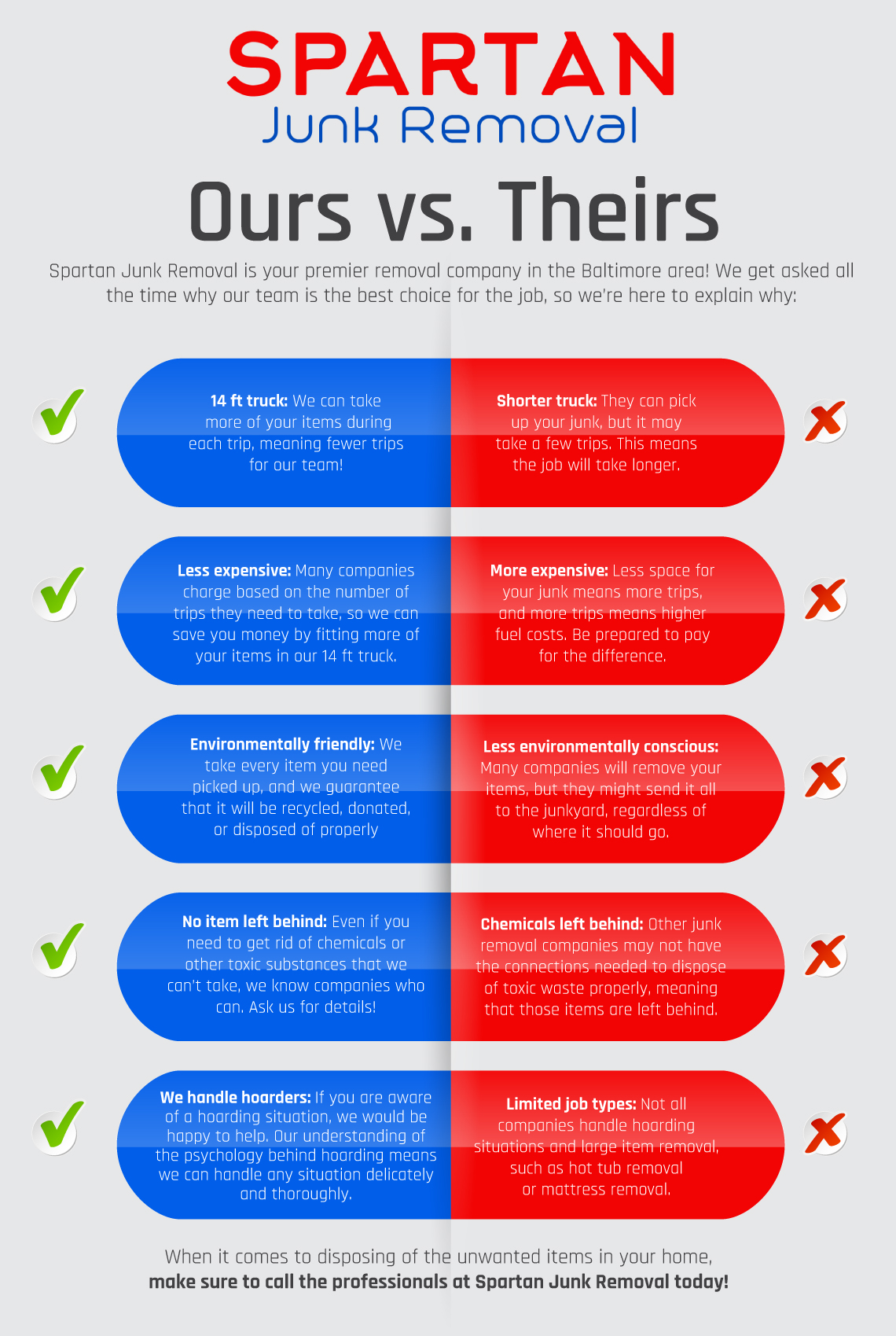Your Comprehensive Overview To Choosing The Correct Dumpster Size For Any Kind Of Project
Your Comprehensive Overview To Choosing The Correct Dumpster Size For Any Kind Of Project
Blog Article
Authored By-Galloway Berger
When starting a task that requires a dumpster, the dimension you select can greatly affect its efficiency and cost-effectiveness. Think of having the excellent container that fits all your waste without being exceedingly big or also tiny. All of it beginnings with comprehending the nuances of your job and selecting a dumpster size that lines up with your specific demands. So, before you decide, take into consideration the factors at play to make sure a smooth waste administration process from start to finish.
Elements to Think about
When selecting the appropriate dumpster dimension, there are numerous vital elements to take into consideration.
Initially, think about the type of waste you'll be getting rid of. Different materials might need differing amounts of room, so recognizing what you'll be placing in the dumpster is vital.
Next, evaluate the quantity of waste you expect to create. If you underestimate the quantity, you might need to make several journeys to throw away everything, which can be inconvenient and pricey. On the other hand, leasing a dumpster that's also big can bring about unneeded expenditures.
In addition, consider the room where the dumpster will be put. Ensure there suffices space for the dumpster to be supplied and picked up without any blockages.
Finally, consider any weight restrictions that may use. Going beyond the weight restriction can cause additional costs or even the rejection of service.
Dumpster Dimension Choices
For selecting the ideal dumpster size, it's vital to have a mutual understanding of the available options. Dumpster sizes generally vary from 10 to 40 cubic backyards, with variants in between.
A 10-yard dumpster appropriates for little jobs like a garage cleanout or a small remodelling. If https://www.sciencedaily.com/releases/2018/09/180927105727.htm -sized job such as a cooking area remodel or a cellar cleanout, a 20-yard dumpster may be the appropriate selection.
For bigger jobs like a whole-house renovation or commercial building and construction, a 30 or 40-yard dumpster could be more suitable to fit the quantity of waste produced.
When picking a dumpster size, consider the amount and kind of particles you anticipate to deal with. It's far better to choose a somewhat larger dimension if you're unclear to stop overfilling. Keep in mind, it's more economical to lease a dumpster that fits your requirements instead of needing to get an extra one.
Matching Dimension to Project
Efficiently matching the dumpster size to your job is vital for reliable waste management. To figure out the ideal size, think about the range and nature of your task.
For small family cleanouts or renovations, a 10-yard dumpster may be enough. These are generally 12 feet long and can hold about 4 pickup loads of waste.
For bigger projects like redesigning numerous spaces or removing a large estate, a 20-yard dumpster might be better. These are around 22 feet long and can hold about 8 pickup tons.
If you're dealing with a significant construction job or business improvement, a 30-yard dumpster could be the very best fit. These dumpsters have to do with 22 feet long and can accommodate regarding 12 pickup loads of debris.
Matching the dumpster size to your task ensures you have adequate area for all waste products without paying too much for extra capacity.
Final thought
Finally, selecting the ideal dumpster size for your job is essential for reliable garbage disposal. By taking into consideration variables like the kind and quantity of waste, area schedule, weight constraints, and budget constraints, you can ensure you have the appropriate size dumpster for your requirements. Make certain to match the dimension of the dumpster to the range and nature of your job to avoid overspending on unneeded expenditures.
